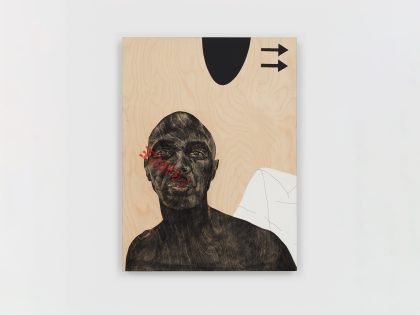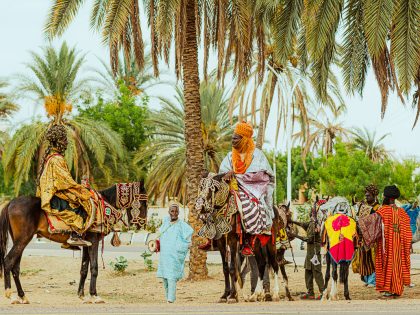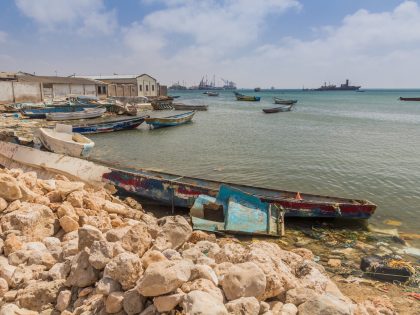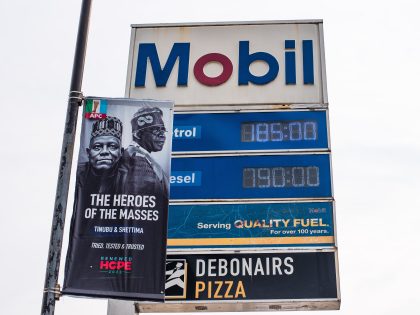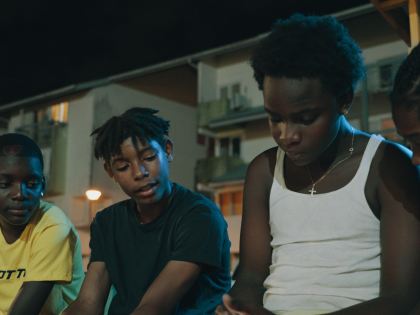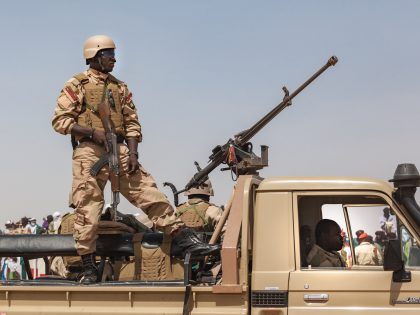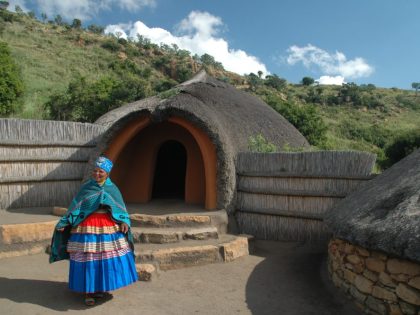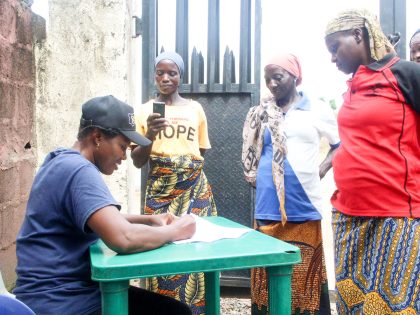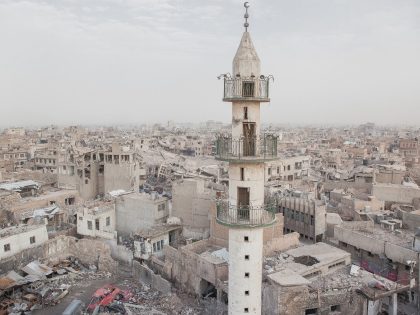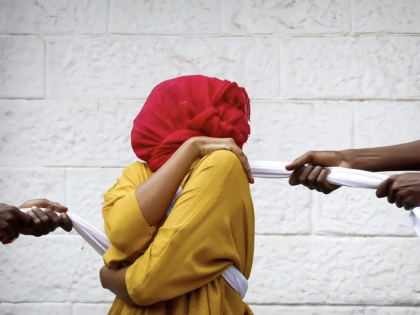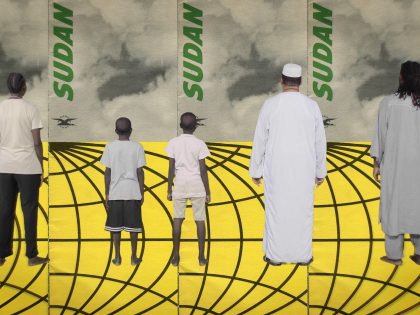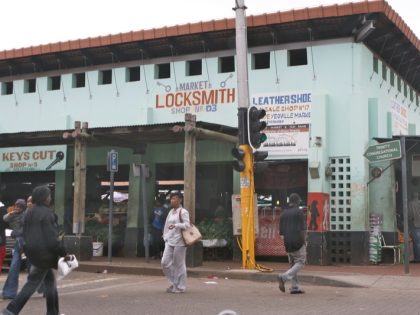Searching for a ‘blood-diamond bazaar’
Any ban on blood diamonds would ultimately harm low-paid Congolese mineworkers and would be too difficult to enforce anyway.

Informal miners in Sierra Leone (Wiki Commons).
The opening lines in a story in this week’s “Time” magazine (by its Africa correspondent Alex Perry) about Zimbabwe’s diamond mines (production could reach US$1.7 billion a year), goes like this: “Searching for the world’s newest blood-diamond bazaar …”
Which reminds me of how, a few months ago, the writer Adam Hochchild, writing on Mother Jones, took on “the blood diamonds myth.” Hochchild, who has written one of the best books on the Democratic Republic of Congo (King Leopold’s Ghost), argued that a boycott of minerals that originate in the DRC would be fruitless since it would be hard to trace the origins of those diamonds anyway (we won’t know which one are “blood diamonds”); a boycott would ultimately harm the lowly paid Congolese mineworkers only; and that it would be too difficult to enforce some kind of ban anyway.
A number of AIAC contributors and regular commenters, including Sophia, NP, Don Stoll and Lara Pawson, as well as bloggers Texas in Africa and Blacklooks, responded to Hochschild’s post when we shared it.
Here’s a sample of the responses.
Sophia argued that “… [b]y this article’s logic, no boycotts are ever useful. I think we can all agree that governance is always something we should fight to change in situations this dire, but does that mean we should stop trying for other improvements in the meantime?”
Lara Pawson, who has wide experience as a journalist for the BBC in Angola (and is also a blogger), wrote that the term blood diamonds or conflict diamonds is a farce, in many ways. That, “in the north east of Angola–where the main bulk of diamonds can be found – the end of the civil /Cold war and the beginning of ‘peace’ under the MPLA government has made the lives of many garimpeiros (so-called wild cat miners) more dangerous and much less profitable. What has happened is that the elite–the wife of the President for example, and others–have taken over areas that were run by Unita. Their security guards shoot and kill locals who try to mine (to survive and make ends meet) but because they are part of an (er hum) ‘elected’ government, thse diamonds are apparently not blood/conflict diamonds. And yet, and yet… there’s blood and conflict all over them.”
Finally,the political scientist Laura Seay, also known as Texas in Africa, wrote back: “… Hochschild is right about this – people who think a boycott of conflict minerals will work don’t understand the nature of the economy in the EDRC, or that not all minerals that come from the area are conflict minerals. There’s ALWAYS a way to get around regulations, nobody’s really in control of the territory, and there’s always another market for the goods. As we’ve seen in the last six weeks, the DRC’s government’s shutdown of the mines in the Kivus and Maniema put about 50,000 people out of work overnight. They are suffering tremendously, with kids who can’t eat and bills that can’t be paid. The Enough Project, well-intentioned as it was, has created a disaster for these people because of their poorly informed advocacy and insistence on pursuing a path that never works.”
On a separate note, I also asked the students in a class I teach on mediating African in Western, mainly US, media and its political implications (the course is entitled Africa and the West), to do a blog assignment last week debating Hochchild arguments. You can read their opinions here, here, here and here.







